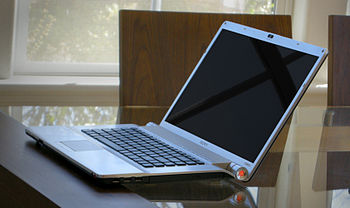The Mac Mini was the first consumer level Macintosh desktop, since Apple's renewed success following the release of the iPod, to ship without a keyboard or mouse, nor display, with Apple even marketing it as BYODKM (Bring Your Own Display, Keyboard, and Mouse) to reinforce this. The primary intended market for the Mac Mini was for users switching from a traditional Windows PC to a Mac who may already own a compatible display, keyboard and mouse, though these could be easily purchased if needed. A special Server version of the computer is also intended for use as a server in a small network, and from the mid 2010 revision, all Server models include the Server edition of the OS X operating system.
The updated unibody Mac Mini is notable as Apple's first computer to include an HDMI video port to connect to a television or other display, more readily positioning the unit as a (more expensive) home theater device alternative to the Apple TV.
 10:29 PM
10:29 PM
 laptops
laptops





